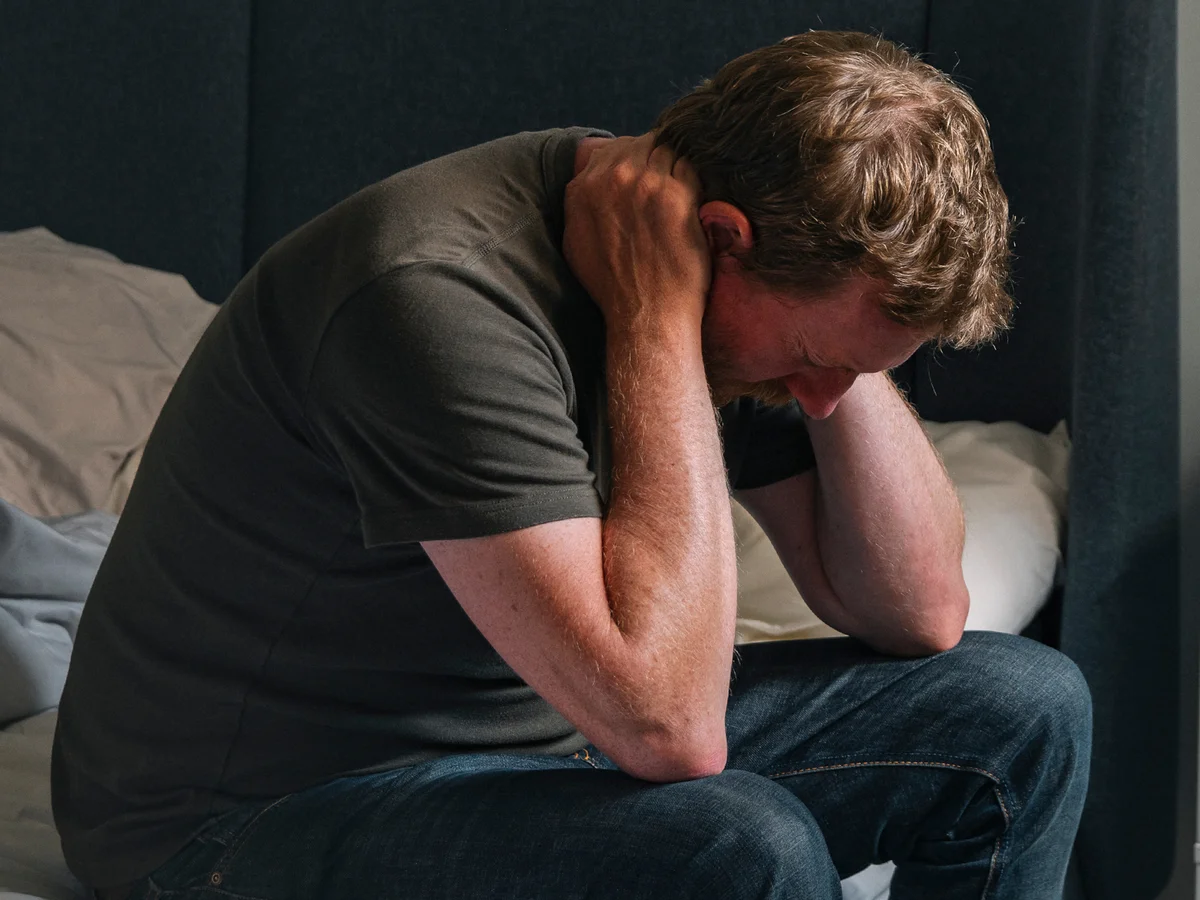CPTSD vs. BPD. The letters in these acronyms stand for Complex Post Traumatic Stress Disorder vs. Borderline Personality Disorder These two psychological conditions overlap in many ways. But there are also key differences. And those difference matter if you are hoping to get a good outcome from therapy.
Over the last few years, there has been a growing recognition of how much psychological suffering is forged in the fires of trauma. It’s true, traumatic experience plays an important role in psychological suffering. But it’s not the only cause!
We are fortunate that the internet gives us quick and easy access to educate ourselves. In our age, a large amount of information-both good and bad- sits a few keystrokes away. While I’m a huge proponet of educating ourselves, so we can ask better questions of our health care providers, I’m also a licensed therapist. And I’m always struck by the great number of people who self diagnose. There seems to be no shortage of men and women who claim diagnostic labels after doing only the most brief, cursory internet search. Every day, I hear how they self diagnose by watching tik tok, by getting opinions from stranger on Reddit, or by spending a couple of minutes on Youtube. When it comes to CPTSD vs. BPD, Intstagram has led many a client to make a quick, and usually wrong, self diagnosis
And many of them end up claiming labels that don’t really explain their symptoms and don’t provide them with a reliable roadmap to recovery. The reality is it takes years of training and experience to be able to hone your diagnostic skils. Accurately diagnosing someone is an important task, and given the human tendancy to have blind spots, self diagnosis is pretty unlikely to be accurate.
That brings me to the topic of today’s blog post- CPTSD vs. BPD. As the topic of trauma has grown more popular online I’ve seen confusion, misundertanding and misinformaton grow.
What are some signs that you are suffering from BPD?
- Blaming– you have a penchant for pointing the finger at others. You see them as being responsible for upsetting you, and they have all the power to set things right.
- Low Self Responsibility– you don’t tend to hold yourself accountable. You might indeed be viciously critical of yourself, but not very accountable.
- Helplessness– you tend to see yourself as a victim and don’t like it when others treat you as if you are competent and capable
- Low insight– you don’t connect the dots. You tend to see each troubling situation as unique. You don’t tend to string them together in a way that reflects on you.
- Splitting and Black and White Thinking– Your thinking lacks nuance. Most of your stories contain a demon and an angel. The rest of them are about evil perpetrators targeting innocent helpless victims. Your opinions are extreme and you have a lack of acceptance or understanding of the other perspectives.
- Interpersonal Conflict– Your relationships have a lot of friction, stress and conflict
- Antagonism– you impulsively lash out in anger. You blame, punish and smear people. Your anger is vindictive and hateful.
- Fear of abandonment– Much of the personal and interpersonal instability in your life stems from a fear of being left behind.
- Impulsivity– You have difficulty controlling your behavior
CPTSD vs. BPD What causes each of them?
CPTSD is the result of trauma that is severe and chronic. It is trauma that is repetitive and prolonged. Some examples or this are physical abuse and sexual abuse, human trafficking, etc.
BPD is thought to be the result of a combination of both genetic influence and adverse parent child relationships. However it’s important not to oversimplify this. Many, though by no means all, adults with BPD experienced abuse and neglect as children. It’s a common myth that “all borderlines were abused and neglected as children”.
CPTSD vs. BPD What Symptoms Do They Share?
Both disorders have a lot in common. And that’s the reason they are often confused. In my practice, I’ve seen both CPTSD patients and BPD patients struggle with:
- Relationship impairments
- Dissociation
- Anxiety and panic
- Depression
- Suicidality
- Emotional reactivity
- Hypervigilance
But the over-all tone of their relational style differs.
CPTSD vs. BPD- Different Relational styles.
One key difference I have observed is what you might call the “overall relational style” of the person. BPD clients typically have low tolerance for aloneness. They tend to need another person to self regulate and usually can’t feel o.k. without someone elses help. BPD relationships are usually intense. Partners of BPD clients tell me that they often “feel like a roller coaster” or are a never ending “push-pull cycle”. Many loved ones of persons with Borderline Personality Disorder use a common phrase to describe their experience of what it’s like for them. They will describe feeling as if they are “always walking on eggshells” to avoid setting off storm of emotional reactivity.
Another important distinction when it comes to CPTSD vs. BPD arises within the realm of interpsersonal relationships. When it comes to relationships, the CPTSD style is very different. People with Complex PTSD, don’t usually have that kind of an effect on their loved one. Here the basic fear is not one of abandonment, but of basic safety. Think about it. If you were chronically abused, you would likely want to avoid putting yourself in danger. You would want to keep your distance. If you got too close to someone, you would likely have to work to keep yourself out of fight, flight, freeze or fawn responses.
While persons with either disorders can feel as if they are always on “red alert” and “ready for danger”, hypervigilance has a different focus for each of them. The client with BPD will usually be incessantly scanning for any signs of potential rejection and abandonment. The CPTSD client usually is hypervigilant about basic safety issues.
CPTSD vs BPD Treatment Looks Different
Struggles with avoidance, loom large in the lives of someone who has CPTSD. Many CPTSD clients have shared with me that they avoided treatment for years. Despite the suffering they endured, they avoided therapy. The idea made them uncomfortable and they tried to “handle things on their own”. Many confided that the idea of working with a therapist filled them with fear and shame. Sadly, many also have shared with me how when they finally decided to get therapy, they made no traction in therapy. Often this was because they were not working with a trauma specialist.
But the clients who fit more of a BPD diagnostic profile often had multiple failed attempts at therapy. Many of the psychotherapeutic relationships they described did not go well. They were therapeutic relationships that were filled with therapy interfering beliefs, behaviors and reactivity.
BPD Patients have told me many stories about:
- Dropping out of treatment prematurely
- Becoming attacking and rageful towards their therapists and other healthcare providers
- Threatening to self injure/ or self injuring as an attempt to manipulate the therapist or a loved one
- Using therapy impulsively and chaotically- for example only when in a crisis
- Spending their sessions venting and blaming
- Fleeing from treatment if they were asked to take responsibility
Dialectical Behavior Therapy is a well established treatment for BPD. It describes common obstacles referred to as “Therapy Interfering Beliefs and Behaviors”. In short, these were originally conceived of as a cluster of symptoms that prevented the person with BPD from being able to benefit from traditional psychodynamic work. The thinking at the time was that if you could teach BPD clients to gain mastery over impulsive behavior and intense emotions, they would then have potential to benefit from other forms of psychotherapy.
CPTSD vs. BPD Why does it matter?
So when it comes to CPTSD vs. BPD, an accurate diagnosis guides treatment. If you can’t describe and outline the problem, it’s pretty unlikely you’ll solve it. A good diagnosis guides good treatment because it ties a person’s struggles to relevant therapeutic goals.
Sometimes, clients seek trauma treatment. But they also have traits and symptoms of BPD. If you review the symptoms and signs of BPD listed at the beginning of this post, it’s easy to imagine how they could interfere with trauma resolution. Trauma symptoms don’t typically resolve until you can establish a safe, caring, cooperative and caring relationship with a therapist.
If you think that you are suffering with some of the symptoms of C-PTSD, I’d love to talk with you! Please visit my trauma therapy page to find out more about how I can help!





